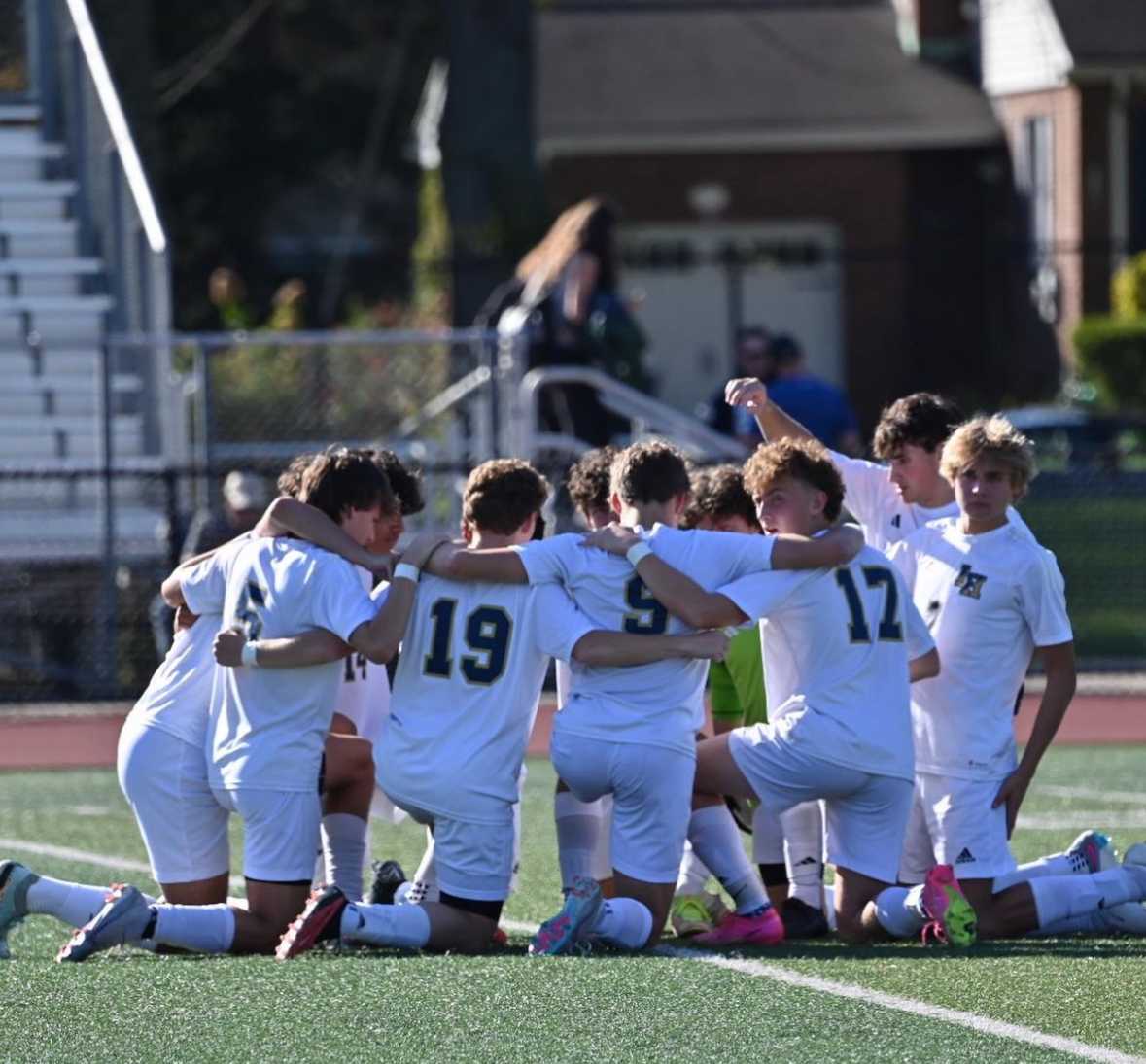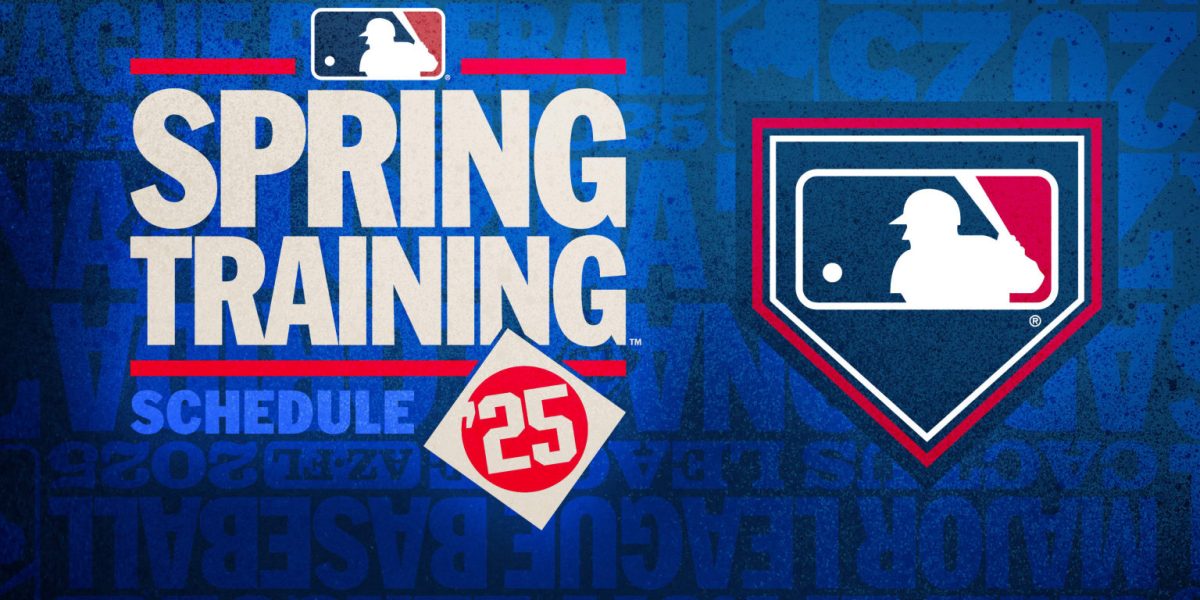The 2022-2023 high school sports season started off with a bang as the New Jersey Interscholastic Athletic Association’s executive committee voted 35-2 to condense the sports seasons. The ultimate goal of this decision was to align the numerous sports’ seasons.
The difference between previous year’s sports seasons and this year’s left a substantial number of athletic directors in a scramble. Mr. Jon Duncan, Indian Hills’ Director of Athletics and Activities, describes the contrast between the two past seasons and touches upon the positive aspects of this change: “Teams used to play a maximum of 24 games, plus tournaments, and now they play a maximum of 18. There is also a nice break between seasons now, instead of one running right into the next.” The positive aspects, being the break between athletic seasons, certainly do not outweigh the negative characteristics.
Mr. Duncan expresses the pessimistic details regarding the season restructure and talks about the complications this change derives: “There are cut-off dates for league, county, and state tournaments that require a specific amount of games played, so you want to try to get games in before the cut-off when rescheduling games that were canceled, which can really load your schedule and lead to negative consequences.” This new rule undoubtedly makes the work of all sports directors more tedious, as more complications arise daily.
Scheduling is not the only consequence of this divergence. The effect on student athletes and their performance varies between people, as some see it in an obstructive way, while others perceive it with a neutral connotation. A boys soccer player at Indian Hills High School, Benjamin Piotrowski, says it affected his performance poorly: “Since we had less practices, my playing quality didn’t reach what it could have been if we had more.” If athletes endure more practice and games, the outcome of the season for them will be more positive. So, in the scheme of things, is making the season shorter benefiting the students by giving them a longer break, or increasing their risk of injury and reducing their performance?
Sophomore volleyball athlete, Gabby Libutti, has a differing opinion: “No matter how long or short the season is, I think that the amount of effort one puts in determines your performance.” To Libutti, the length of the season does not truly matter, as it really comes down to the individual self. If one takes the practices and the coaches advice to heart, then the time allowed shall not make a significant difference.
The pros and cons of the dissimilar practices and games this year can be touched upon by the same athletes. The dislikes and likes were noticeably equal. Ben adds, “I disliked how we had less games and I didn’t get to spend as much time with the team. I liked how it ended before the weather started to get colder.” In soccer, the season typically ends late November. It is now ending in early November. Since it won’t be in the low 40s, the difference in weather patterns from the beginning to the end of the month can make a huge distinction for the players.
Libutti speaks about the pre-season and the change in the number of games: “[The season has an] increased number of games per week and decreased number of practices. It also gave us a shorter time to prepare in pre-season.” A difference in sports is also illustrated in this instance because in soccer, there are less games, but in volleyball, there are more games and fewer practices. This creates another issue that the New Jersey Interscholastic Athletic Association is working on.
All in all, the New Jersey sports season being reduced has brought several negative and positive aspects for sport directors and student athletes. Negative aspects include the amount of games being seen as unfair and planning tournaments being rather difficult. The positive characteristics being giving players a longer break in between sport seasons.








